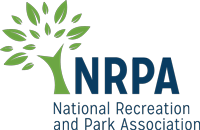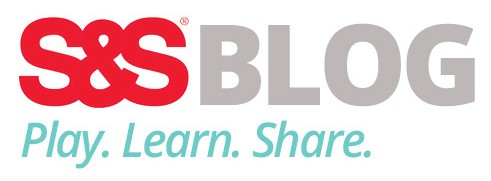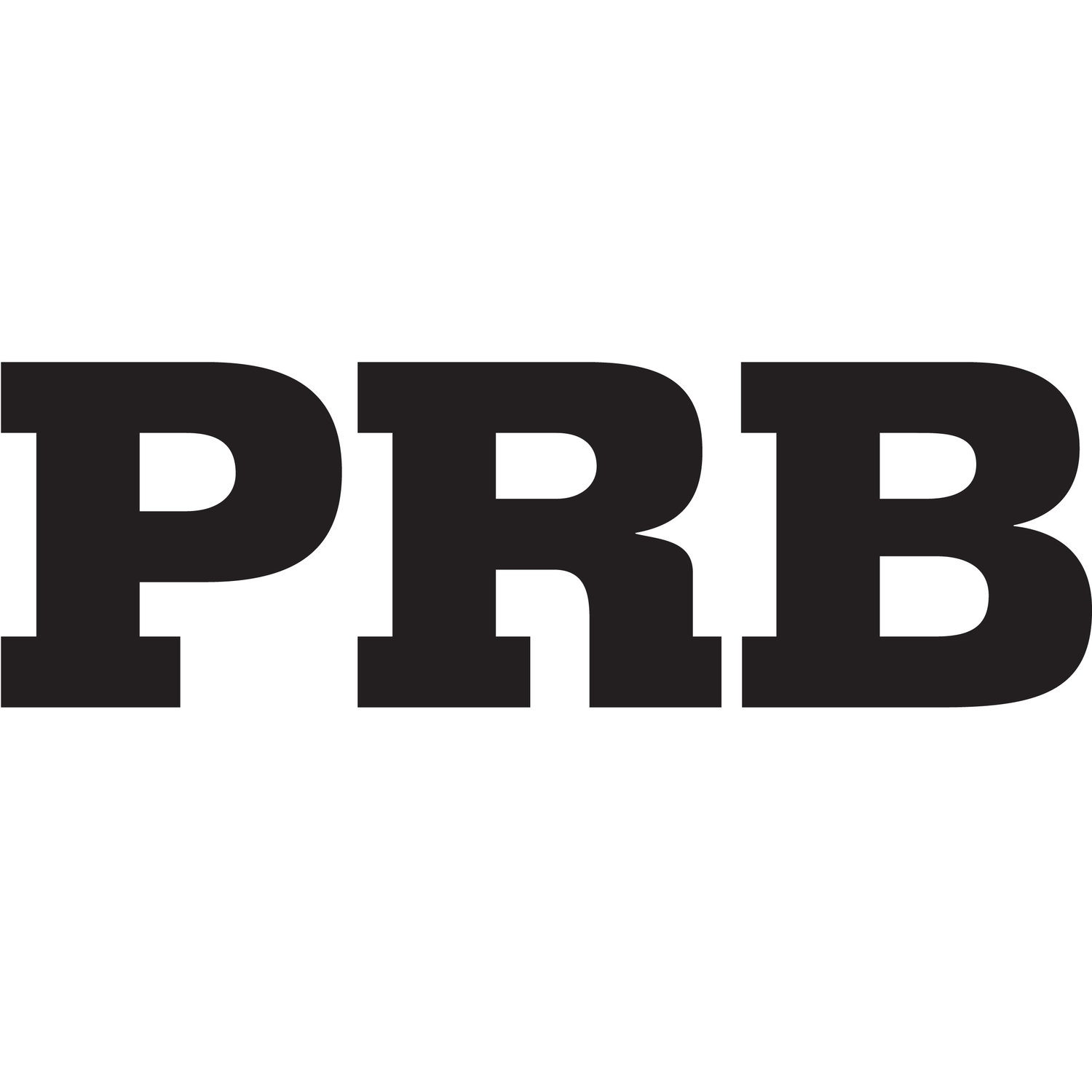Food service at camp can be essential or non-essential depending on what type of program you operate. If you do offer food service or are looking into it, here are some things that should be considered.
- Make sure you are in compliance with your state’s department of health and know and understand all the rules and regulations when providing food service. Your State Health Department will not only guide you through the food service process they will oversee it for compliance.
- Look into contracting food services out if you don’t have the capacity to take it on in house. There may be a concessionaire, restaurant, or food supply contractor in your area that may be interested in taking on food service operations at your camp.
- Seek grant or government funding that may be available to help subsidize costs, such as the federally funded and state administered Summer Food Service Program.
- Make cleanliness a priority and have processes in place to keep up.
- Have a written policy for nutrition and your food service operation at camp. This will most likely be required for any grant funding and is your guide for your staff as well as those you serve.
- Take food allergies extremely serious, along with those with strict diets, and make sure you are communicating to those parents regularly.
- Plan out menu’s at least a week or two in advance and communicate them to parents.
- Make sure to provide vegetarian or gluten free options. Generally this meal can be one in the same.
- Make healthy and nutritious food a priority. There will be plenty of opportunity to provide the campers with treats and snacks but the majority of the menu offerings should have health conscious in mind.
- Food should also be high quality and portioned properly for the age groups you are serving. Beware of ultra-cheap and ultra-processed food options.
- If you are providing facilities to cook and prepare food on site, research the necessary equipment to do so. There will be equipment that is required by the Health Department or Fire Marshall. From there, make sure the equipment you bring in is high quality and low maintenance.
- Implement defined meal patterns for the type of food you plan to serve by provided a balanced meal each and every time along with defined meal times.
- Figure out how you plan to deliver the food either by pre-plated meals, buffet style, or family style.
- Make sure meal times are well supervised. Staff and counselors should eat where the kids eat to continue to supervise and engage with them while they have their meals.
- Encourage campers to try new things and always eat their entire meals. You will have plenty of picky eaters at camp so the more you can do to entice kids to eat and eat well will go a long way.
When staff or campers are handling food, it should be with the utmost caution to safety and best practices. Here are 10 more tips to consider when cooking, handling, serving, and eating food at camp.
- Staff must wash their hands after using the bathroom, before preparing food, before eating, and after handling foods like meat, poultry and eggs. Make sure that soap, water and towels are available in camp. While wilderness camping, or other times when soap and water are not available, make sure hand sanitizer is available. Dirty hands can spread disease from one camper to another and can contaminate food that will be eaten by other people.
- Ensure that clean cooking surfaces are used to prepare food. Always wash cutting boards and other utensils with detergent and clean water after contact with raw meat, poultry or eggs. Eggs, meat and poultry can carry Salmonella and other bacteria.
- Do not drink water or cook with water from rivers, lakes, creeks or streams (i.e., ‘surface water’). Surface water is often contaminated with bacteria and parasites from animal feces. Make sure staff know to use only properly treated water for cooking and drinking.
- Remind your campers and staff not to share cups or utensils with others. Saliva can spread a variety of viruses and bacteria, including those that cause colds, influenza and meningitis.
- Teach campers and staff to keep food in an insulated cooler to help keep foods at desired temperatures. Cold foods should be kept cold and hot foods should be kept hot. Storing foods at the right temperature can inhibit bacterial growth.
- Make sure to keep raw foods separate from cooked food to prevent cross contamination. Use separate areas for preparing food that will be cooked and food that will not be cooked. Cutting boards, plates and other utensils used for meat, poultry and eggs should be cleaned with water and detergent after use. Never use cooking surfaces that were used for raw meat or chicken to prepare or store cooked food. By the same token, only use clean cutting boards and utensils for foods that will be eaten raw, such as raw fruits and vegetables or salads.
- Clean dishes and utensils properly with clean water and detergent. Do not use water from rivers, creeks or streams for cleaning as it may be contaminated.
- Cook foods to proper internal temperatures. Meat and poultry must be cooked to the proper internal temperature to destroy the germs that cause foodborne illness. You must use a food thermometer to be sure it is done, you can’t tell just by looking! Color is not a reliable indicator of doneness.
- Use fish as little as possible because it is hard to keep fresh and could pose other threats for allergies and cross contamination.
- Make sure to wash fruits and vegetables thoroughly in clean water before eating raw or cooking.
When you are ready to improve or embark on implementing food service at camp there are plenty of resources, such as the Health Department, that will guide you so you don’t have to figure it all out by yourself. Make sure you do your research, know the rules, and offer food to your campers in a clean and safe environment so your campers will look forward to meal times at camp each and every day.
Favorite







